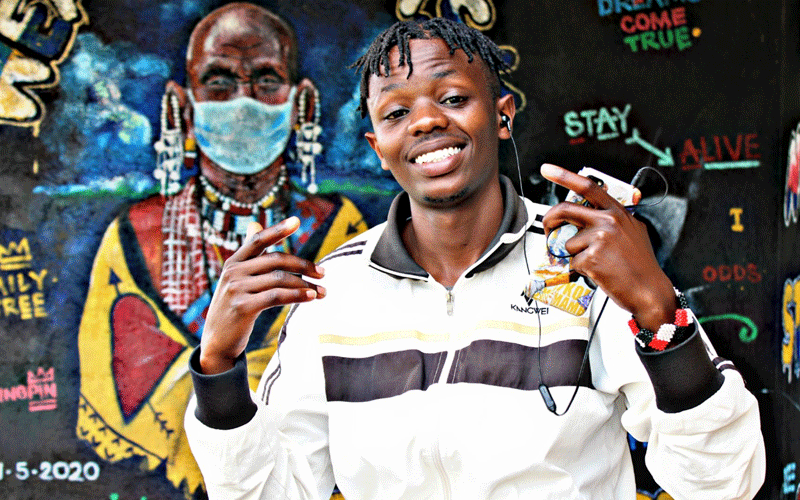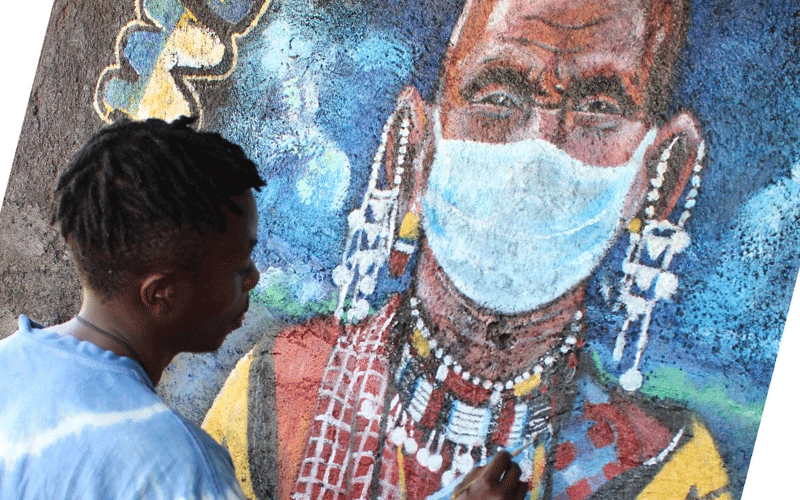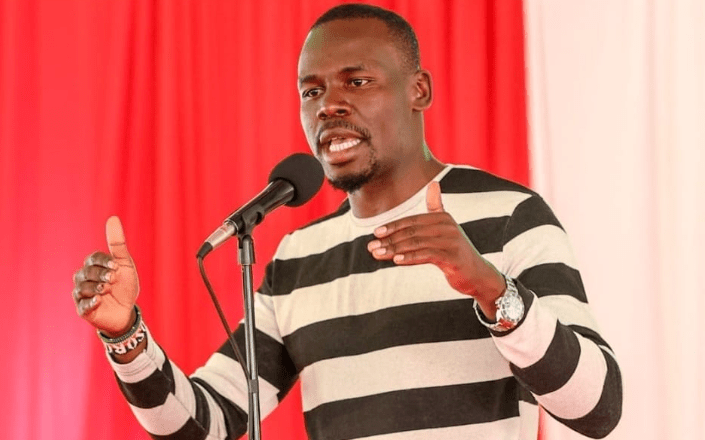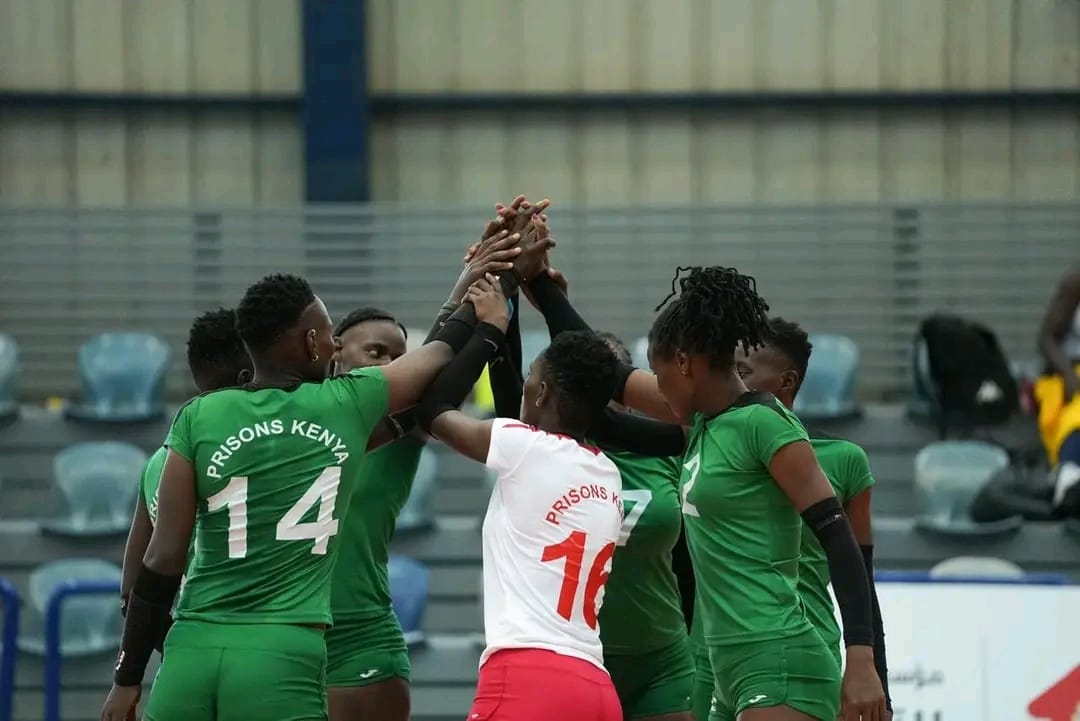Visual artists cry foul over lack of government support

Despite its potential to contribute significantly to the country’s economy, the visual arts industry has always been an underlooked sector. And as Manuel Ntoyai writes, there’s still more that needs to be done to make the industry boom.
When it comes to visual artists profiting from the work of their creation, the whole affair always leaves a sour taste in their mouths.
Despite the fact that the arts industry is a huge contributor to the economy, many artists have little or nothing to jolly about.
Painter and graffiti artist Sankale Ole Tipat says the rain started beating them when the government struck out arts and crafts from the school syllabus.
“Most people no longer value this business. Studying arts is an expensive affair and most of us have learnt it the hard way.
I started by sketching things while still in primary school and I wish someone encouraged me more on this talent,” he says.
A recent online discussion by art enthusiast and the The Art Space founder Wambui Kamiru Collymore, saw her lead a dialogue on the misery and misfortunes artists find themselves in.
“The cost of art materials is high. And when you do find the materials, because there is a ‘monopoly’ on their sale, many times they are of poor quality.
Because demand is low, the prices are high. Secondly, the visual arts require skills development.
You don’t just wake one day and paint. It takes years of perfection and education—daily practice, school, apprenticeship and a lot of YouTube videos. This all the while is usually unpaid labour to improve ones craft,” she wrote.
Lacking attention
Naftali Momanyi, the chairman of the Kenya National Visual Artists Association says, “Art industry players have always complained of the lack of government goodwill, despite the industry’s potential to employ 40 per cent of the population.

Since independence, we’ve never had a national art gallery, which should not only be planning for the local art programmes, but also link the local market to the international one.”
He says the respective government agencies lack trained manpower in arts management, with local universities offering no course in arts management.
“We have talented artists who have been shunned without reason, and this demoralises us a lot.
The worse part is the lack of policies to protect and guide the creative industries, lack of budgetary allocations and general interest in promoting the industry,” says Momanyi.
However, there is some glimmer of hope, if recent happenings are anything to go by.
Through the National Museums of Kenya, more than 400 visual artists created 32 murals on Covid-19 awareness, in part of the Sh100-million stimulus package launched by the ministry of Sports, Culture and Heritage in May this year.
“Through such acts, we believe we can help bring some positive changes in this industry.
One of the things we had started before Covid-19 struck was intense lobbying to register more members and have other associations join hand for us to form a legally recognised platform where our plight could be heard and worked on,” Momanyi intimates to SpiceFor years, one of the main issues that has dogged the industry is the lack of recognition by government agencies, something that was addressed through the amendment to the Kenya Copyright Act 2019, which recommended the formation of a Collective Management Organisation (CMO) under the Kenya Copyright Board (Kecobo).
This would be to ensure artists got their deserved fair share of royalties.
The amendment defines an original works of arts to include batiks, carvings, ceramics, collages, drawings, engravings, fine art, jewellery, glassware and lithographs.
Others are fashion designs, paintings, photographs, pictures, prints, sculptures, graphics, weavings, or any other works as maybe included by regulation.
Positive inclusions
Kecobo CEO Edward Sigei says among the positive changes coming into the industry include granting visual artists a resale right.
This would see them benefit from the increase in value of their artwork over time by granting the artists a percentage of the proceeds from the resale of their original artworks.
“They (visual artists) have to form a limited company in order to register a CMO.
We have had talks with various associations in regards to this and at the same time, we have conducted numerous campaigns, especially online, to educate artists on their rights, but on this, the onus is on them,” he says.
As creatives continue to bliss over the act, there is a need to educate a majority of them on copyrights and Intellectual Property.
“The introduction of the resale right is a good progress for right holders as it has addressed some of the digital challenges we are facing in the digital content age.
However, we need more trainings because the creative sector is wide one and there are new trends which keep on emerging and needs to be updated constantly,” says Stephen Nderitu, the founder of Karakana Initiative, an arts organization based in Nairobi.
He states that given the diversity of the sector in terms of style, content and delivery, it will be a tasking endevour pursuing standardisation of the industry.
“Forming a CMO is a good thought, but I believe we should first concentrate on making baby steps first.
We should start by strengthening the associations in terms of putting in place proper framework that will see them thrive better,” he adds.











